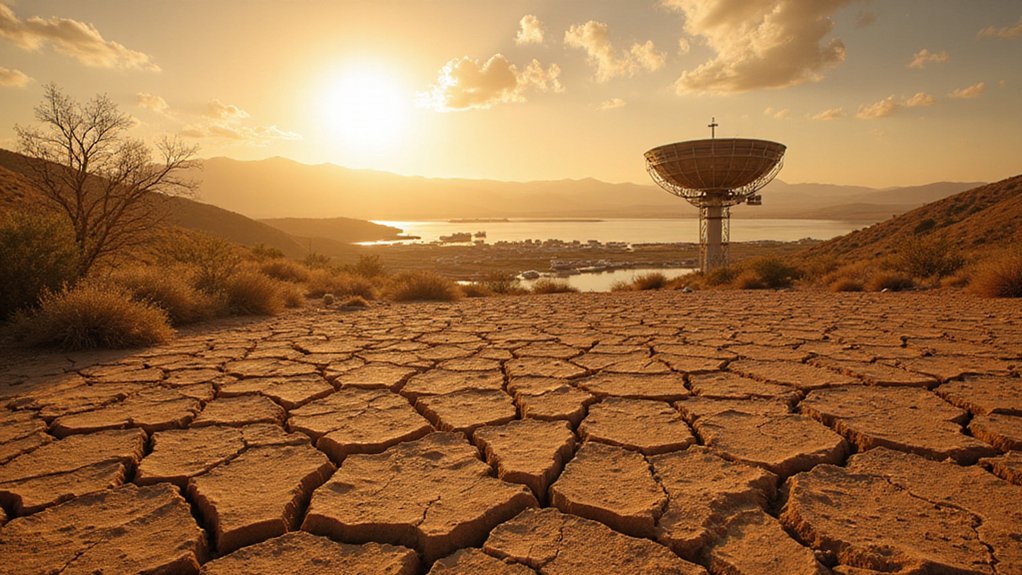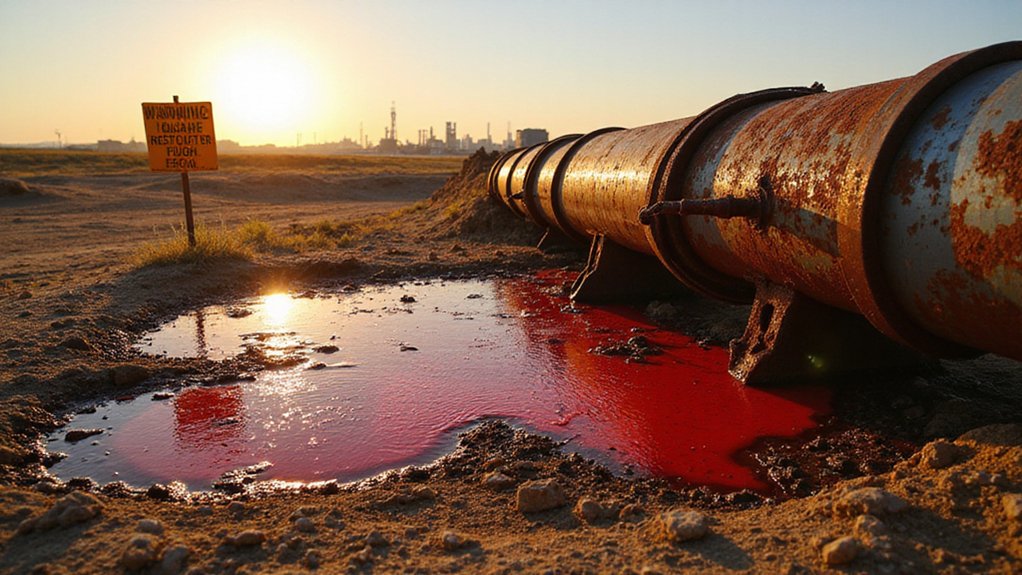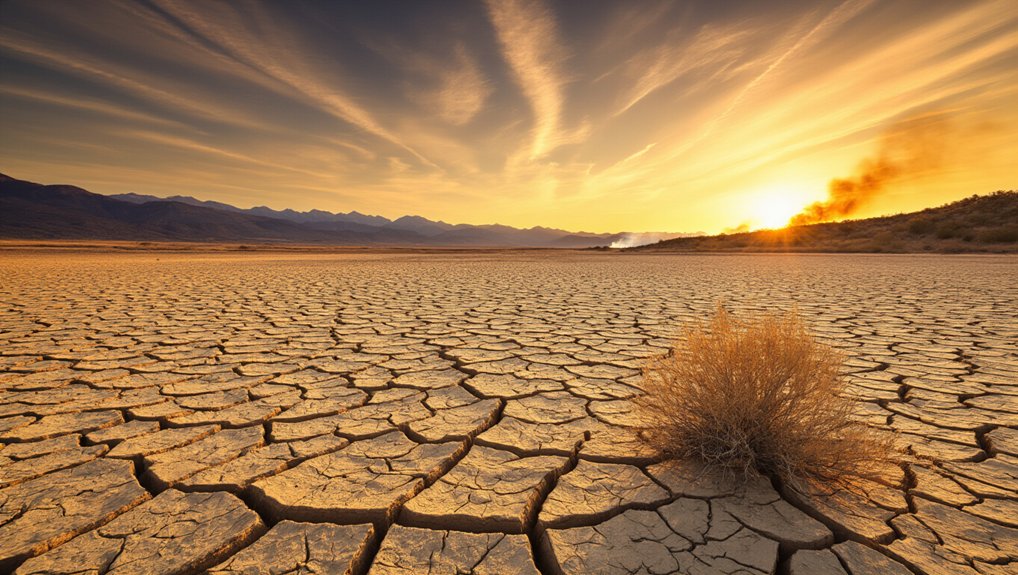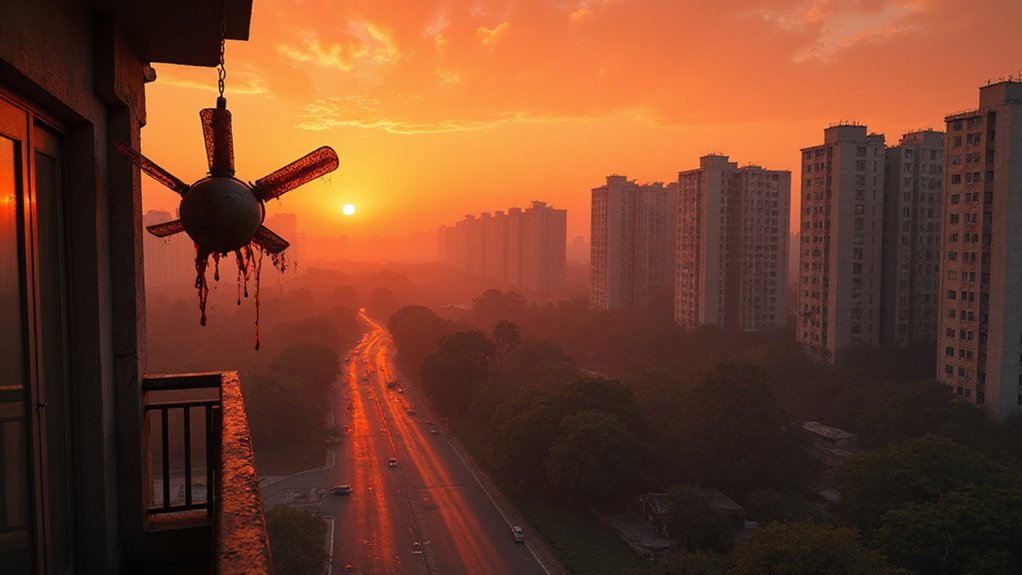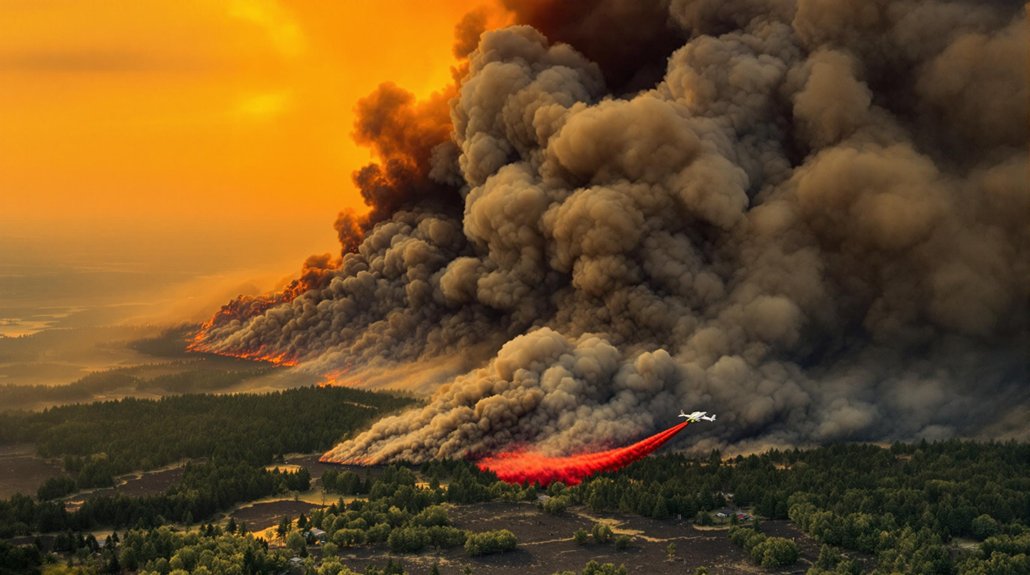As global temperatures continue to shatter records with alarming regularity, the harsh reality of our climate crisis is hitting home—quite literally. Humans have effectively doubled the number of extreme heat days in 195 countries compared to pre-industrial times. Let that sink in. Double the scorchers. And it’s not just your imagination—the past year was officially Earth’s hottest on record. Spoiler alert: things aren’t cooling down anytime soon.
The climate crisis isn’t coming—it’s here, scorching our reality with twice the heat and zero signs of cooling.
The numbers are staggering. Over 4 billion people—nearly half the world’s population—endured at least 30 days of extreme heat in a single year. That’s a month of sweating it out, hoping your air conditioner doesn’t give up the ghost.
Europe’s getting hit particularly hard, with forecasts suggesting half its population will face high or very high heat stress risk during summer by 2050. Global warming has raised average temperatures by approximately 1.3°C since pre-industrial levels. Wonderful vacation plans, ruined.
The human cost? Devastating. About 2,300 people died during a 10-day European heatwave in 2025. Dead from heat. In 2025. And that’s likely an undercount—officials consistently miss heat-related deaths in their statistics. It’s almost like we don’t want to admit how badly we’re failing at this.
Nights offer no relief anymore. Minimum temperatures are breaking records too, denying our bodies the recovery time they desperately need. The elderly and chronically ill suffer most, but nobody’s immune when infrastructure starts failing.
Power grids crash. Trains derail. Food spoils. Workers collapse. Economies tank. All while cities turn into concrete ovens. The burning of fossil fuels continues to be the primary driver behind these increasingly frequent and severe heat waves. Recent analysis shows that the 67 extreme heat events documented in the past year were all influenced by climate change.
Our current solutions aren’t cutting it. Early warning systems exist but aren’t universal. Heat-health action plans look nice on paper but fall short in reality.
We’re tracking the problem inconsistently, leaving gaps in our understanding. Many cities haven’t even bothered with public education about heat risks.
The odds of next year being even hotter? About 80%. The chance we’ll hit 1.5°C above pre-industrial levels between 2025-2029? Seventy percent. The likelihood we’ll seriously address this problem before it gets worse? You do the math.
References
- https://www.climatecentral.org/report/climate-change-and-the-escalation-of-global-extreme-heat-2025
- https://www.lshtm.ac.uk/newsevents/news/2025/first-analysis-estimate-number-heatwave-deaths-linked-climate-change
- https://wmo.int/news/media-centre/global-climate-predictions-show-temperatures-expected-remain-or-near-record-levels-coming-5-years
- https://news.un.org/en/story/2025/07/1165141
- https://ghhin.org/news/heat-action-day-2025-as-heatwaves-become-more-extreme-knowledge-saves-lives/
